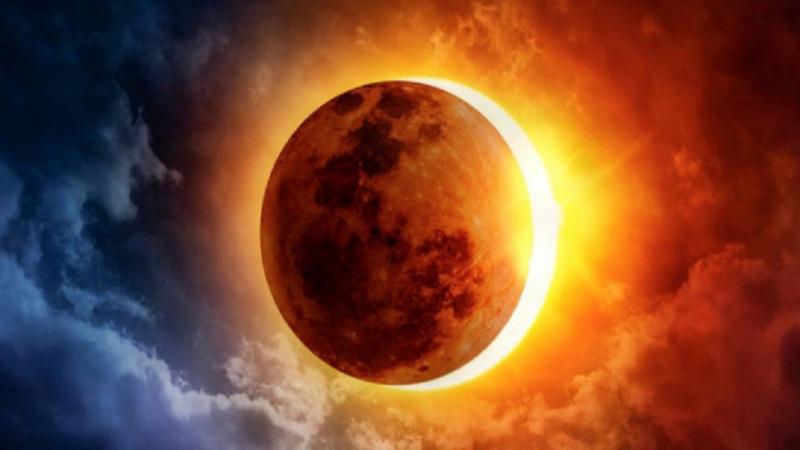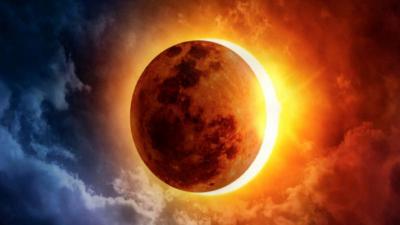As the world prepares to witness a total solar eclipse on April 8th, where the moon completely blocks the sun for millions of people in North America, a video has revealed astonishing moments of how this occurs. It takes only a few seconds for the moon to appear completely, as if it is going to collide with Earth.
The video was filmed inside the Arctic Circle, directly between the borders of Canada, Alaska, and Russia. It took just a few seconds to capture a truly breathtaking view. This phenomenon can only be seen once a year for 35 seconds; the moon appears in all its glory, making it seem as if it will…
The composite video explains how a total solar eclipse happens just moments after, with darkness suddenly falling for only 5 seconds before light returns. This phenomenon occurs only at perigee, the point at which the moon is closest to Earth, revealing the immense speed at which the planet moves.
What is a solar eclipse?
A solar eclipse occurs when the moon passes between the sun and Earth, aligning them so that the moon temporarily covers the sun's disc, casting a shadow on a part of the Earth, according to a report from "Arab Weather."
During a total solar eclipse, the area on Earth's surface that falls under the moon's full shadow (Umbra) experiences the moon completely passing in front of the sun, blocking all sunlight and darkening the sky as though it were night. However, the solar corona, the sun's outer atmosphere, becomes visible.
This eclipse lasts for about five minutes, after which it returns to a diminishing partial eclipse until the moon completes its transit in front of the sun.
Despite the moon being 400 times smaller than the sun, it is also 400 times closer to Earth compared to the distance of the sun from Earth. Due to this precise balance in the universe, the moon is able to obscure the sun, resulting in a total eclipse.
How often does it occur?
Solar eclipses happen between two to five times each year, with total eclipses occurring approximately every 18 months. The appearance of the eclipse varies depending on where it is viewed on Earth.
As Earth rotates, the shadow of the moon moves across the ground (and the eclipse view) from west to east, marking the path for areas that experience the total eclipse. Viewers outside this path will see a partial eclipse or none at all.
It is noted that a total solar eclipse is a truly amazing and unique experience, where the view of the sun and the moon gradually covering it creates strangely dark landscapes with a faint yellow light. When the total eclipse happens, the sun becomes a black disc surrounded by white rays representing the outer solar atmosphere (or corona), and after a few minutes, the sun's disc reappears and begins to shine again as the moon moves away.




